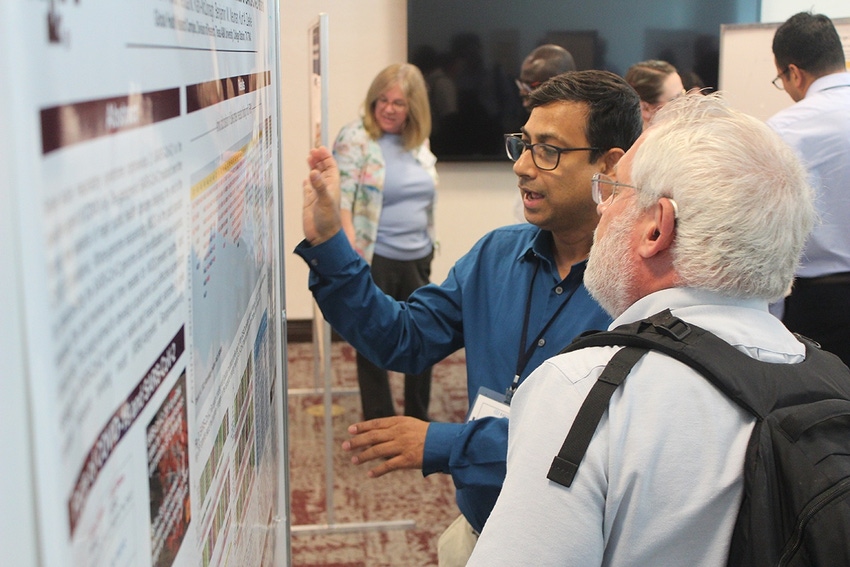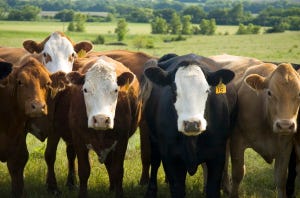18 U.S. labs join forces to battle infectious animal diseases
Workshop marked first membership meeting of Research Alliance for Veterinary Science and Biodefense BSL-3 Network.
September 9, 2022

Infectious-disease experts from 18 U.S. federal agencies and academic institutions met at Texas A&M University recently to discuss working together to combat the viruses, bacteria and other emerging pathogens that threaten the nation's agricultural economy, food supply, wildlife and public health.
The workshop marked the first membership meeting of RAV3N — Research Alliance for Veterinary Science and Biodefense BSL-3 Network — a national network of biosafety level-3 labs engaged in biodefense research for infectious animal diseases. RAV3N receives funding support from the USDA. Texas A&M University's Global Health Research Complex serves as the network's headquarters.
"Our workshop focused primarily on determining how the federal and academic labs across the United States can cooperate to improve our ability to detect and respond to emerging pathogens," GHRC Director Kurt Zuelke said. "We also considered how to improve the development of countermeasures that will help slow or stop the spread of these pathogens and the diseases they cause."
RAV3N formed in 2020 during the COVID-19 pandemic, which delayed the group's first meeting until Aug. 23-25. Representatives from all 18 members attended the three-day workshop, 15 in-person and three virtually.
Membership in RAV3N includes six labs belonging to the USDA and two of its agencies, the Animal and Plant Health Inspection Service and the Agricultural Research Service: the USDA National Bio and Agro-Defense Facility in Kansas; the USDA-ARS National Animal Disease Center and the USDA-APHIS National Veterinary Services Laboratories, both in Iowa; the USDA-APHIS Foreign Animal Disease Diagnostic Laboratory in Iowa and New York; the USDA-ARS Foreign Animal Disease Research Unit in New York; the USDA-APHIS National Wildlife Research Center in Colorado; and the USDA-ARS Southeast Poultry Research Laboratory in Georgia.
Federal-level membership also includes the U.S. Department of Homeland Security's Plum Island Animal Disease Center in New York; the Center for Disease Control and Prevention's Division of High Consequence Pathogens and Pathology in Georgia; the U.S. Geological Survey's National Wildlife Health Center in Wisconsin; and the National Institute of Allergy and Infectious Diseases' Rocky Mountain Laboratories in Montana.
In addition to the GHRC at Texas A&M, academic membership includes the Galveston National Laboratory at the University of Texas Medical Branch; the Plant and Animal Agrosecurity Research Facility at The Ohio State University; the Laboratory for Infectious Disease Research at the University of Missouri; the Biosecurity Research Institute at Kansas State University; the Infectious Disease Research Center at Colorado State University; and the National Emerging Infectious Diseases Laboratory at Boston University.
Source: Texas A&M Today, which is solely responsible for the information provided, and wholly owns the information. Informa Business Media and all its subsidiaries are not responsible for any of the content contained in this information asset.
You May Also Like
.png?width=300&auto=webp&quality=80&disable=upscale)


